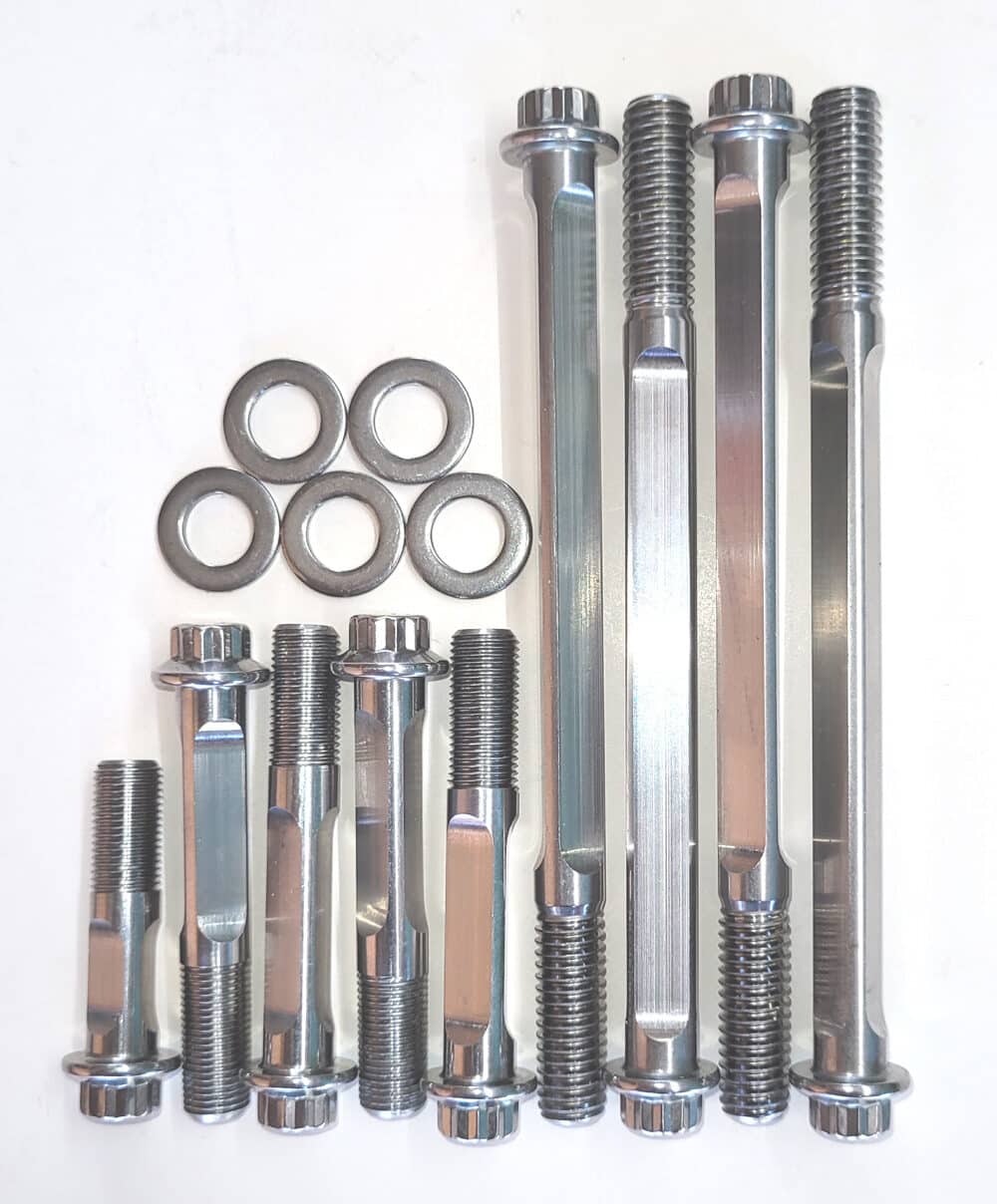Stu Bodycote
VIP MEMBER
- Joined
- Jun 12, 2020
- Messages
- 1,614
I've replaced a few head gaskets on 961's...hence why the retorque procedure came about with Norton.
I'm not a metallurgist, but to me having two hitensile bolts in the centre and two stainless steel studs on each side, just didn't seem right. So I used high tensile throughout, torqued to 60nm.
I'm not a metallurgist, but to me having two hitensile bolts in the centre and two stainless steel studs on each side, just didn't seem right. So I used high tensile throughout, torqued to 60nm.


